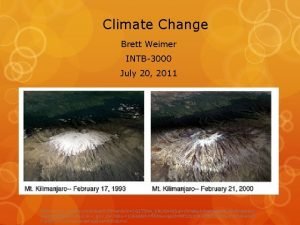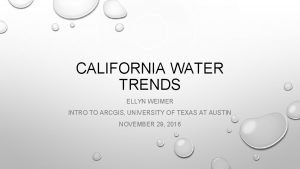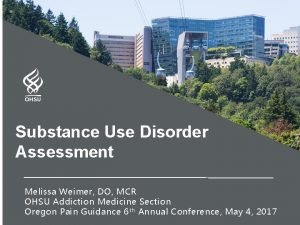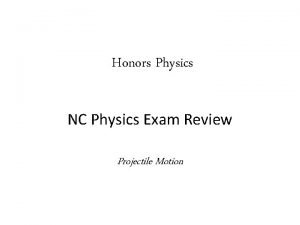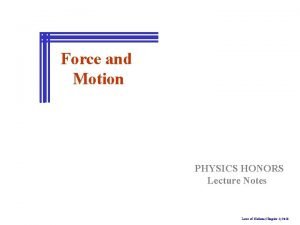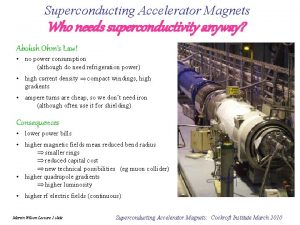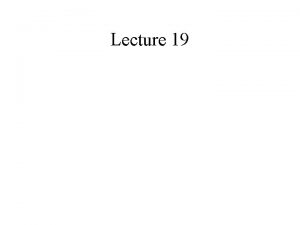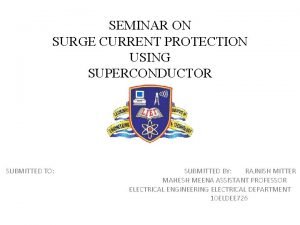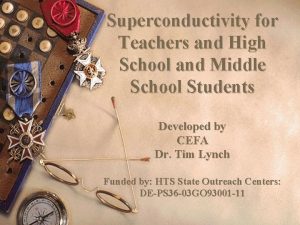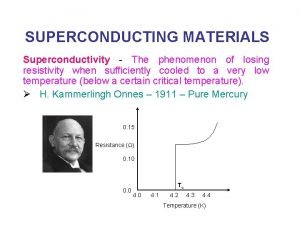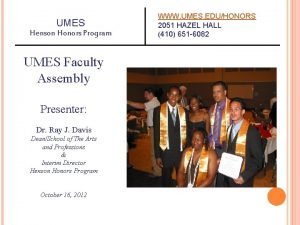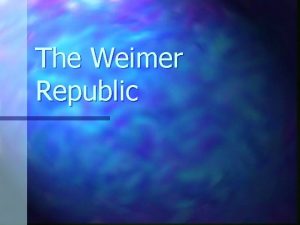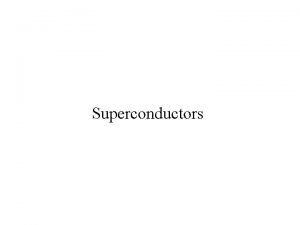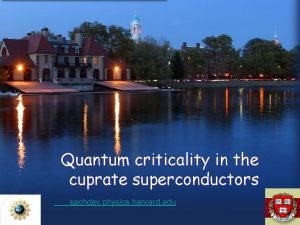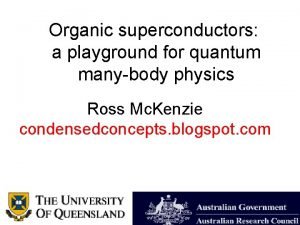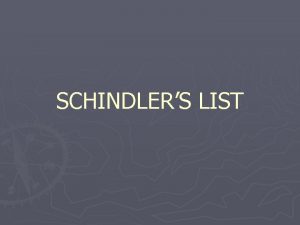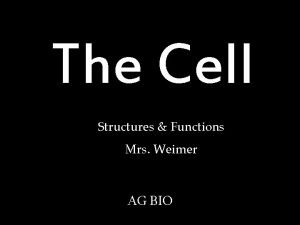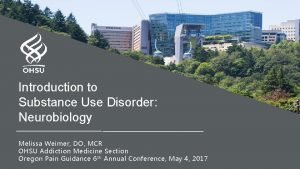Superconductors Jason Weimer 1 6 04 Honors physics












- Slides: 12

Superconductors Jason Weimer 1 -6 -04 Honors physics Mr. Pagani Period 3 Project A

Table of Contents Introduction l History l Applications (cont. ) l Examples of Superconductors l More Examples of Superconductors l

Introduction Superconductivity is a phenomenon displayed by certain conductors that demonstrate no resistance to the flow of an electric current. Superconductors also exhibit strong diamagnetism; that is, they are repelled by magnetic fields. Superconductivity is manifested only below a certain critical temperature Tc and a critical magnetic field Hc, which vary with the material used. Before 1986, the highest Tc was 23. 2 K (249. 8° C/-417. 6° F) in niobiumgermanium compounds. Temperatures this low were achieved by use of liquid helium, an expensive, inefficient coolant.

History Superconductivity was first discovered in 1911 by the Dutch physicist Heike Kamerlingh Onnes, who observed no electrical resistance in mercury below 4. 2 K (-268. 8° C/-451. 8° F). The phenomenon was better understood only after strong diamagnetism was detected in a superconductor by Karl W. Meissner and R. Ochsenfeld of Germany in 1933. The basic physics of superconductivity, however, was not realized until 1957, when the American physicists John Bardeen, Leon N. Cooper, and John R. Schrieffer advanced the now celebrated BCS theory, for which the three were awarded the 1972 Nobel Prize in physics. The theory describes superconductivity as a quantum phenomenon , in which the conduction electrons move in pairs and thus show no electrical resistance. In 1962 the British physicist Brian D. Josephson examined the quantum nature of superconductivity and proposed the existence of oscillations in the electric current flowing through two superconductors separated by a thin insulating layer in a magnetic or electric field. The effect, known as the Josephson effect, subsequently was confirmed by experiments.

Applications Because of their lack of resistance, superconductors have been used to make electromagnets that generate large magnetic fields with no energy loss. Superconducting magnets have been used in diagnostic medical equipment, studies of materials, and in the construction of powerful particle accelerators. Using the quantum effects of superconductivity, devices have been developed that measure electric current, voltage, and magnetic field with unprecedented sensitivity.

Applications (cont. ) The discovery of better superconducting compounds is a significant step toward a far wider spectrum of applications, including faster computers with larger storage capacities, nuclear fusion reactors in which ionized gas is confined by magnetic fields, magnetic levitation (lifting or suspension) of high-speed (“Maglev”) trains, and perhaps most important of all, more efficient generation and transmission of electric power. The 1987 Nobel Prize in physics went to West German physicist J. Georg Bednorz and Swiss physicist K. Alex Müller for their discovery of materials that are superconductive at temperatures higher than had been thought possible.

Examples of Superconductors

More Examples of Superconductors

references 1. 2. 3. 4. 5. NIST Superconducting Materials Database | National Institute of Standards and Technology -Retrieved December 2, 2003 fromhttp: //www. ceramics. nist. gov/srd/htsquery. htm Physica C | Superconductivity Journal -Retrieved December 21, 2003 from- http: //www. sciencedirect. com/science? Books on Superconductivity | Geometry. NET Picks -Retrieved December 21, 2003 fromhttp: //www. geometry. net/physics_bk/superconductivity. html Solid State Communications | Elsevier Science -Retrieved December 21, 2003 from- http: //www. elsevier. com/locate/ssc Condensed Matter | University of Augsburg -Retrieved December 21, 2003 from- http: //xxx. uni-augsburg. de/list/cond-mat. supr-con/recent

quiz 1. 2. 3. 4. 5. what is a superconductor? who discovered superconductivity? when was superconductivity discovered? what is diamagnetism also known as? name one advantage of superconductors on the environment?

answers 1. 2. 3. 4. 5. Conductors that demonstrate no resistance to the flow of an electric current. The Dutch physicist Heike Kamerlingh Onnes. 1911 The "Meissner effect" It could reduce carbon dioxide emissions.

The End
 Brett weimer
Brett weimer Brett weimer
Brett weimer Melissa weimer
Melissa weimer Vyi physics
Vyi physics Physics honors notes
Physics honors notes Physics semester 1 review
Physics semester 1 review Superconductors
Superconductors Types of superconductors
Types of superconductors Surge current protection using superconductors
Surge current protection using superconductors Surge current protection using superconductors
Surge current protection using superconductors Superconductivity introduction
Superconductivity introduction Persistent current in superconductor
Persistent current in superconductor Umes honors program
Umes honors program
